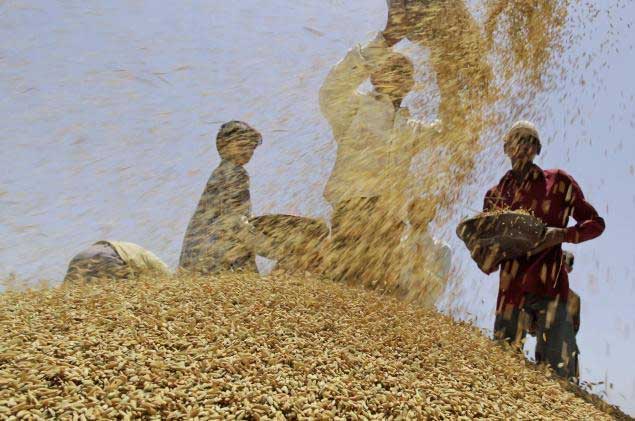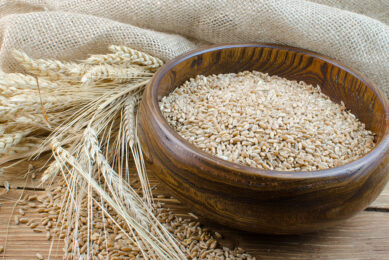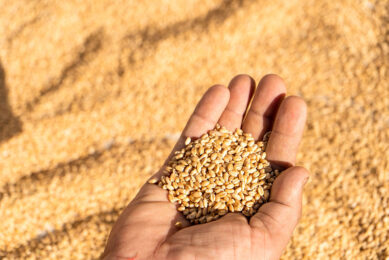India: maize replaces with wheat in poultry feed

Wheat stocks in India have exceeded buffer stocking norms, causing the price to plumet. This has prompted poultry feed manufacturers to substitute wheat for maize in their produce.
The increased stock of wheat is the result of bumper harvests and the government’s refusal to export. The reason given for not allowing exports, despite the fact that a large portion of the stocks are in the open, in danger of being drenched in pre-monsoon rains and spoilt beyond redemption, is that the government does not know how much of grain would be required to implement the food security law.
However, they are now considering allowing the export of surplus grains.
As prices stay depressed, farmers will switch from wheat to some other crop or just simply reduce acreage, come next sowing season.
There could well be a shortage of wheat next year, thanks to policy that makes chickenfeed of wheat. This is most unfortunate and the sector blames it on the bureaucracy’s refusal to take a decision
As of May 1, India’s food stocks stand at 27.8 million tonnes of rice, 31.4 million tonnes of wheat and 0.1 million tonnes of coarse grains, adding up to a food mountain twice as large as is required by official buffer stocking norms.
Since the private trade knows that the government would not allow exports, it is not entering the market.












